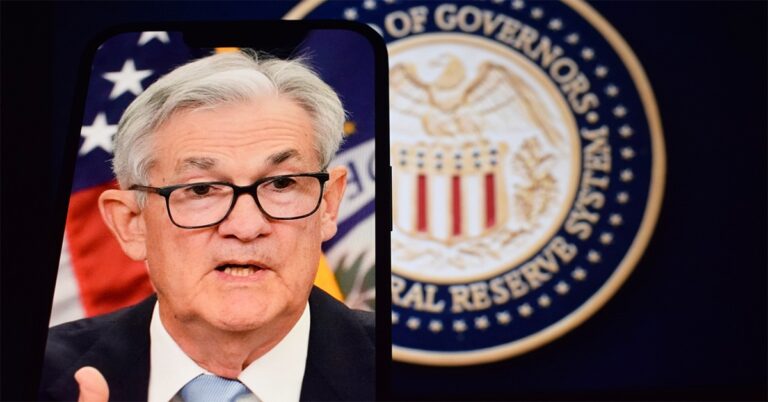Despite the slowing of U.S. home-price growth in March, affordability slipped closer to an all-time low due to interest rates climbing above 5%, according to the latest Mortgage Monitor Report from Black Knight.
“After accelerating for the last four months, the rate of annual home-price growth actually slowed a bit in March,” said Ben Graboske, Black Knight’s president of data and analytics. “Still, at 19.9% – down from an upwardly revised 20.1% in February – March would have otherwise set yet another record for appreciation.
“Year to date, home prices are already up nearly 6% nationwide with nearly 25% of the nation’s largest markets seeing gains of more than 7% over the last three months alone. With 30-year interest rates hitting 5.11% as of April 21, the impact these price gains have had on home affordability is significant.”
Prices, in fact, were up 2.3% month over month, the fifth time since the beginning of the COVID-19 pandemic that home prices grew by more than 2% in a single month. Over the past three months, four markets — Seattle, San Jose, and the Florida cities of Fort Myers and Sarasota— saw home prices rise by more than 10%.
Ninety-five percent of the 100 largest markets in the country are now less affordable than their long-term benchmarks, per Black Knight’s data. That’s up from only 6% when the pandemic began. Thirty-seven markets are less affordable than they’ve ever been.
“As measured by the share of median income required to make the [principal and interest] payment on the average-priced home bought with 20% down, U.S. housing was the least affordable ever back in July 2006, when it took 34.1% to make that P&I payment,” Graboske explained. “At the end of February 2022, we were already at 29.1% – and both rates and prices have continued to climb since then.
“As of April 21, that payment-to-income ratio has now climbed all the way to 32.5%, within just 1.6 percentage points of the prior record. … That equates to a $522 higher average monthly P&I payment —a 38% increase since January.”
Getting to record-low affordability territory wouldn’t take much from here, according to Black Knight’s calculations. Another increase of 50 basis points in 30-year mortgage rates or another 5% rise in home prices would push affordability past 2006 to its worst level on record.
“And saying that, we should also keep in mind that they’ve already risen 200 basis points and 5.9%, respectively, this year,” Graboske said.
The affordability plunge has already started to affect homebuyer preferences, with adjustable-rate mortgages (ARMs) quickly gaining traction among borrowers. The mortgage rate spread between 30-year fixed-rate loans and ARMs is the widest since 2014, within 20 basis points of an all-time high. As of mid-April, the average 5/1 ARM had a starting rate of 1.3% lower than a 30-year fixed loan. This has helped to push the ARM share of purchase loan rate locks by volume from 2.5% in December to nearly 8% in March. This is the highest share for ARMs since Black Knight began tracking in 2017.








